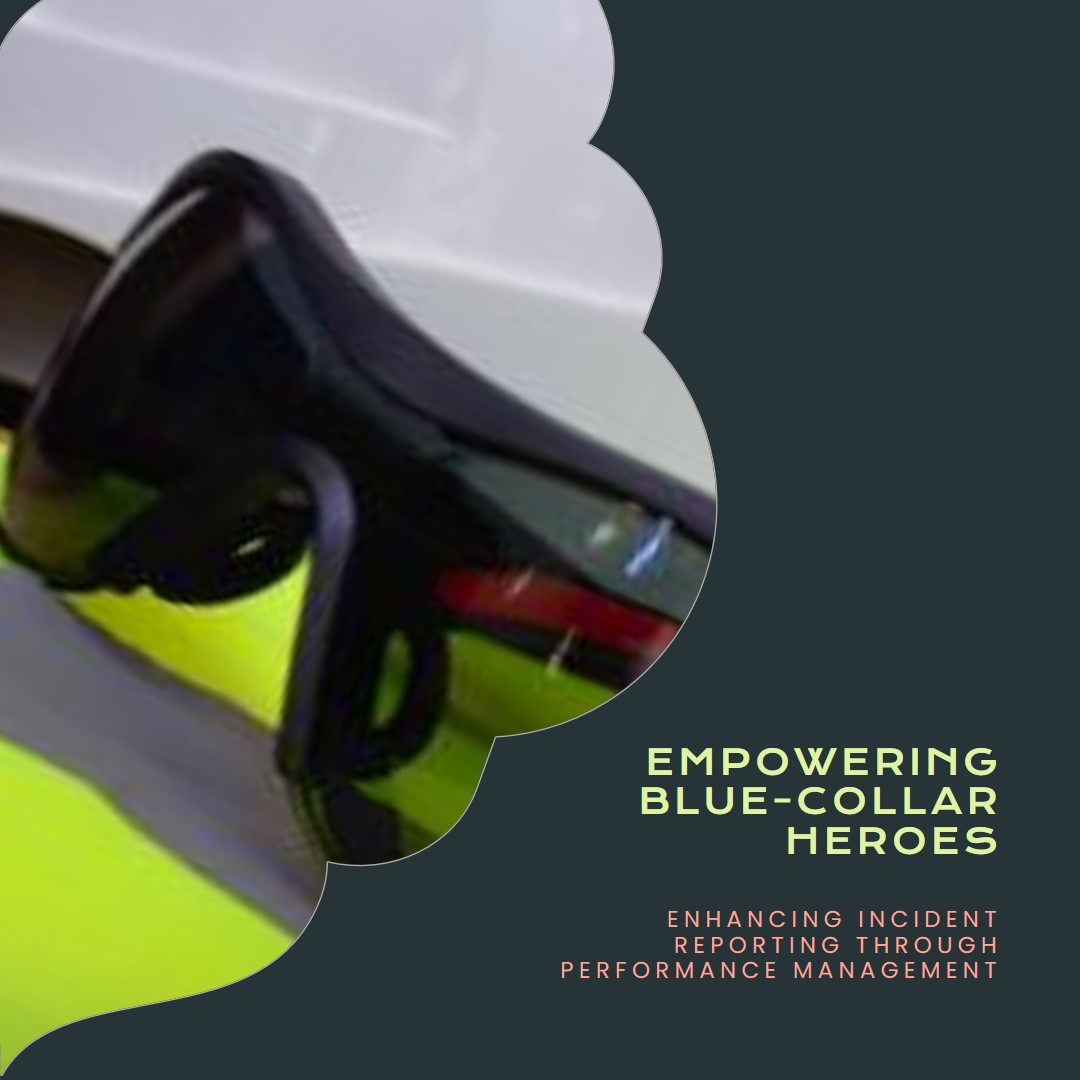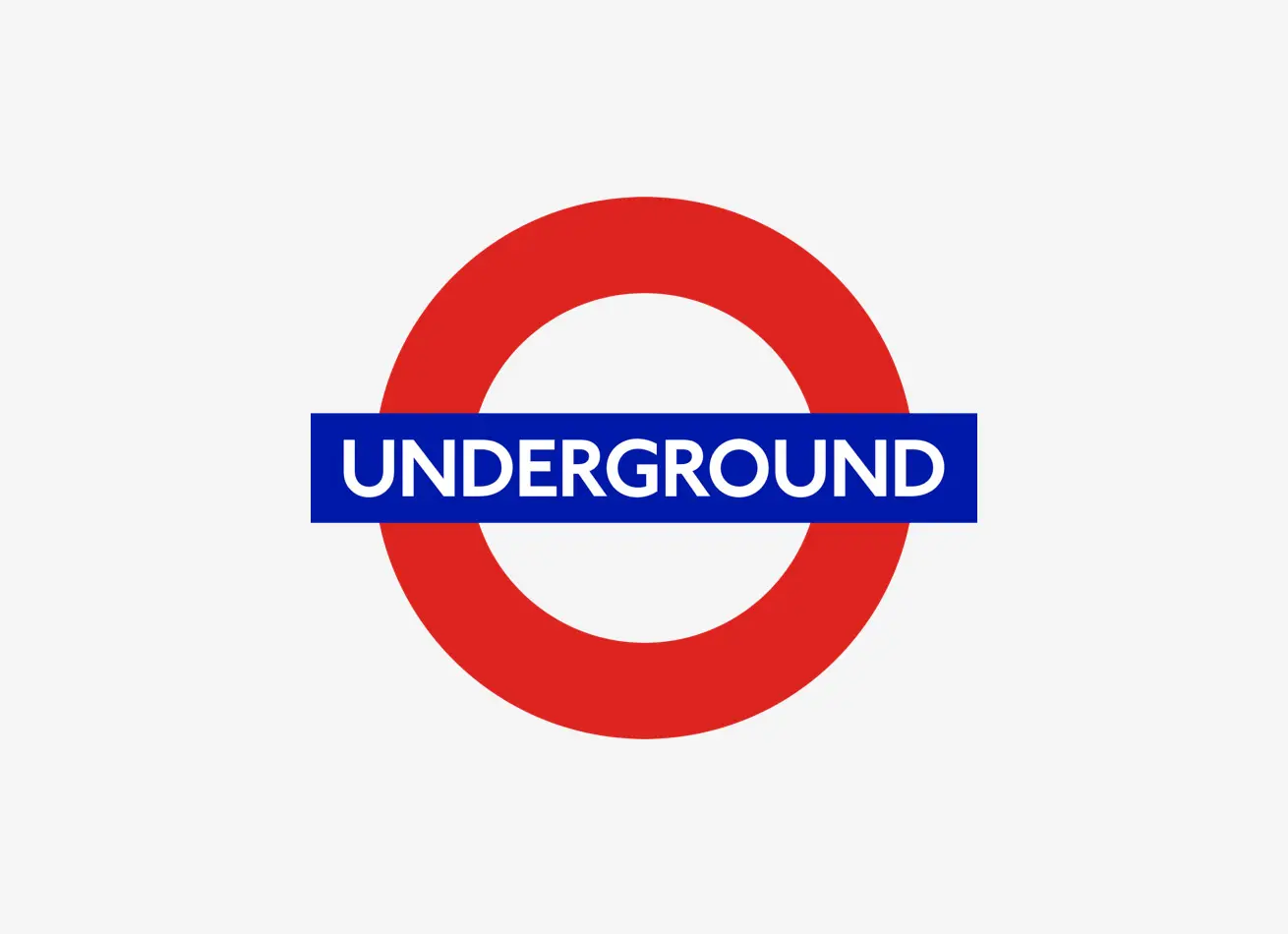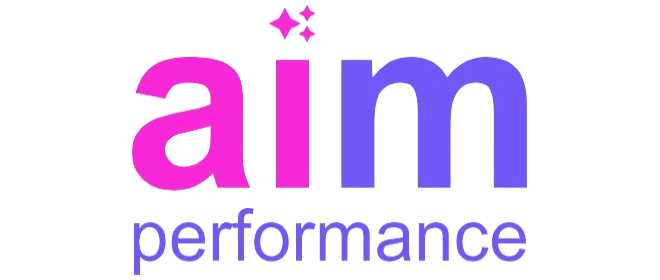Incident reporting is a cornerstone of workplace safety, especially for blue-collar industries where physical risks are high. A robust Performance Management System (PMS) not only boosts productivity but also enhances safety by streamlining incident reporting. This blog explores how performance management can lead to a more proactive and effective incident reporting culture among blue-collar workforce.
Understanding the Importance of Incident Reporting
Incident reporting serves as the first line of defense in preventing workplace accidents. Blue-collar environments, construction sites, factories, and warehouses, are inherently risk-prone. Timely reporting of near-misses and actual incidents helps identify hazards before they lead to serious injuries.
Performance management plays a critical role in creating a culture of accountability. By tracking and rewarding timely reporting, organizations can ensure employees feel empowered and responsible for workplace safety. This proactive approach reduces the likelihood of accidents and creates a safer work environment.
How PMS Enhances Accountability in Reporting
One of the biggest challenges in incident reporting is the reluctance of employees to come forward. They may fear blame, retribution, or even losing their jobs. A performance management system addresses this by integrating safety metrics into employee evaluations.
With clear KPIs tied to safety and incident reporting, employees are encouraged to report without fear. Regular feedback and recognition for adhering to safety protocols further reinforce positive behavior, creating a cycle of continuous improvement.
Fostering a Culture of Open Communication and Incident Reporting
Effective incident reporting relies heavily on open communication. However, communication gaps are common in blue-collar settings due to hierarchical structures or language barriers. Performance management systems bridge this gap by promoting transparency and collaboration.
Through structured feedback sessions, managers can discuss safety concerns and encourage employees to share their observations. Digital PMS platforms often include multilingual features, ensuring that all employees can report incidents in their preferred language.
Real-Time Reporting through Technology Integration
Modern performance management systems leverage technology to simplify incident reporting. Mobile apps and cloud-based platforms allow employees to report incidents in real-time, complete with photos, videos, and location data.
Real-time reporting significantly reduces the delay in addressing hazards. Managers can review reports instantly, assign corrective actions, and track resolution timelines, all within the PMS. This streamlined process ensures that issues are resolved quickly, minimizing risks.
Data-Driven Insights for Preventive Measures and Incident Reporting
Incident reports contain valuable data that, when analyzed, can reveal patterns and trends. A performance management system captures and organizes this data, providing actionable insights.
For example, frequent reports of equipment malfunctions in a specific area may indicate the need for maintenance or upgrades. By identifying such trends early, companies can implement preventive measures, reducing the likelihood of future incidents.
Building Trust through Recognition and Rewards
Recognition plays a pivotal role in fostering a strong safety culture. Employees who consistently report incidents and adhere to safety protocols should be acknowledged and rewarded. Performance management systems provide a framework for tracking and recognizing these contributions.
Whether through monetary incentives, public acknowledgment, or safety awards, recognizing employees for their vigilance builds trust. It sends a clear message that the organization values safety and its employees well-being, further encouraging proactive incident reporting.
Training and Development for Effective Reporting
Many blue-collar employees may not fully understand the importance of incident reporting or how to do it effectively. Performance management systems can integrate training programs to address this gap.
Regular safety training sessions, tailored to the unique risks of each work environment, ensure employees know what to report and how. By including training as part of performance evaluations, organizations can track progress and ensure continuous learning.
Reducing Costs and Downtime through Early Intervention
Workplace incidents often lead to significant costs—medical expenses, legal fees, and operational downtime. Early incident reporting enables quick interventions, reducing these costs. Performance management systems facilitate this by providing a centralized platform for managing incident data and actions.
When incidents are reported promptly, organizations can address them before they escalate. This not only protects employees but also minimizes disruptions to operations, saving time and money.
Ensuring Compliance with Regulatory Standards
Compliance with occupational health and safety regulations is mandatory for most industries. Failure to report incidents can result in hefty fines and legal consequences. Performance management systems help ensure compliance by maintaining detailed records of all reported incidents.
These records serve as evidence of the company’s commitment to safety and compliance during audits. Automated reminders and compliance dashboards within the PMS ensure that no incident goes unreported, keeping the organization in line with regulatory requirements.
Conclusion: Strengthening Safety and Incident Reporting through Performance Management
Performance management is more than just a tool for enhancing productivity; it is a vital component of workplace safety. By improving incident reporting, organizations can create a safer environment for their blue-collar workforce. From fostering open communication to leveraging data for preventive measures, PMS empowers organizations to prioritize safety and well-being.











Companies often neglect to have written standards and policies around their cybersecurity. Why? Because dozens of them are usually needed, covering everything from equipment management to backup procedures, admin credentialing, remote work policies, and so much more. But it’s well worth the effort.